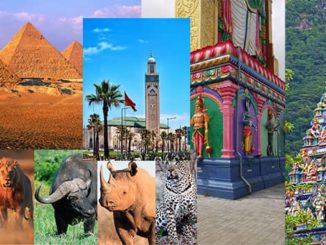
Critical Overview: Discovering the pre-Arawak past in the Caribbean
The Dominican Republic’s Samaná Peninsula holds a rare archaeological discovery that could potentially solve the mystery of the pre-Arawak people of the Caribbean. Anthropologists have been attempting to uncover the identity of the first settlers of the Caribbean for centuries. Despite the Dominican Republic’s reputation as an overtrodden destination, it possesses potential clues to the pre-Columbian past hidden beneath beach cabanas.
The Archaic peoples were the original inhabitants of Hispaniola, the island shared by the Dominican Republic and Haiti. They used stone tools and lived several thousand years before the arrival of the Taíno, an Arawakan-speaking people from present-day Venezuela. The Taíno are often considered the first inhabitants of the Caribbean, but they only arrived in the region several centuries before Columbus’ arrival.
The “Archaic” peoples of Hispaniola are characterised by the usage of stone tools, and little is known about them beyond that. They are a diverse group of prehistoric peoples whose names and languages are unknown. However, a recent discovery on the Dominican Republic’s Samaná Peninsula could change that.
Conclusion: The discovery of El Pozito on the Samaná Peninsula is a groundbreaking revelation that could significantly enhance our understanding of the Caribbean’s pre-Arawak past. The site is the biggest Archaic discovery in the Dominican Republic in half a century, and it contains polished stone tools such as mariposoid axes and a ceremonial well. The artefacts suggest that the Archaic people were both utilitarian and ritualistic. The discovery is significant because few Archaic settlements have been uncovered in the Caribbean, and the settlement’s age and location could shed light on the identity of the first settlers and their origins. The next step is carbon dating to determine the age of the artefacts and the settlement. The search for a necropolis could help archaeologists uncover genetic insights into these peoples, but much more research is needed.




